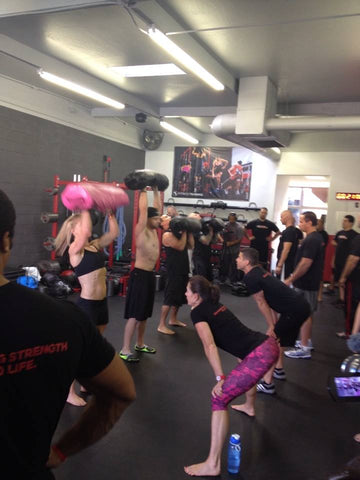by Steve "Coach Fury" Holiner
MFF Godzilla Geek, OS Instructor, DVRT Master Chief and Senior RKC.
Hey gang! Today, I’m here to talk to you about strength. Specifically, I’m here to talk to you about ORIGINAL STRENGTH! This is going to be a quick introduction to give you a sense of why we do certain things at MFF. This is also going to be the jump off point for an MFF series of blogs and videos by yours truly. Ok, so what’s Original Strength?
Before barbells, kettlebells and Shake Weights, we were all born with a pre-packaged strength training system. The heart of that system is our developmental sequence. Very specific cultural differences aside, ideally we all mentally and physically develop the same way. Created by Tim Anderson and Geoff Neupert, Original Strength restores movement, builds strength and increases resiliency by tapping directly back into the developmental sequence. We call this PRESSING RESET.
There are 5 types of resets.
- DIAPHRAGMATIC BREATHING
- HEAD CONTROL
- ROLLING
- ROCKING
- CRAWLING
If you currently train at MFF, some of this is going to seem pretty damn familiar, right? Yeah, we’ve been including OS resets in our warm-ups and cool downs. *FUN FACT: I met MFF’s very own Kyle "Beast" Langworthy for the first time at an OS Workshop.
Diaphragmatic Breathing: Think about it, healthy babies come out of the vag breathing wonderfully and stress free. Babies breathe fully into their bellies making great use of their diaphragm. This is our safe mode PARASYMPATHETIC breathing. Rest and digest. The other type of breathing is SYMPATHETIC. That’s our “please don’t beat me up” breathing.
Head Control: Next up on the developmental chain we have to build the strength to hold up our enormous noggins. Along with this, we feed our brains with visual stimulus using our eyes to lead the head. This sets us up with balance and coordination.
Rolling: Rolling around on the floor is great for many reason. For babies, this is the only way they’re able to actually move from point A to point B. They haven’t built the strength to crawl yet. They just roll around trying to get to what they want. Another huge plus for rolling is that we got all the amazing tactile stimulation of the skin. We literally map and record the parts of our body for our brain to get the full picture of our being. Think of this as a motion capture suit with a gazillion more sensors attached.
Rocking: Let’s be honest here—rocking feels good. It’s down right soothing. This is also the place in time where OS starts to build in some gentle strength training as we hold our selves up. Rocking integrates all of the joints and plays a huge part in setting our authentic/reflexive posture. What does “authentic/reflexive posture” mean? That’s the way our spine holds its natural curves on its own. We can’t walk around trying to force our posture all the time. We have to build the reflexive strength for our spine to maintain it’s proper curves without thinking about it.
Crawling: Here’s where the gentle strength training of rocking becomes not so gentle. Crawling is huge. We dial in our core and really fuse the mind-body connection when we crawl or do other types of contra-lateral (opposite arm/leg) or midline crossing movements. Crawling also sets us up for walking, marching, skipping and sprinting.
So there’s your quick intro to Original Strength and the OS Resets. Keep an eye out in the coming weeks for a series of MFF/OS Reset blogs and videos. As a teacher for Original Strength, I’ve seen, felt and done some incredible things using the resets. Trust in Fury, OS is the real deal.
Feel free ask any questions below.
I love you guys!
-Fury out
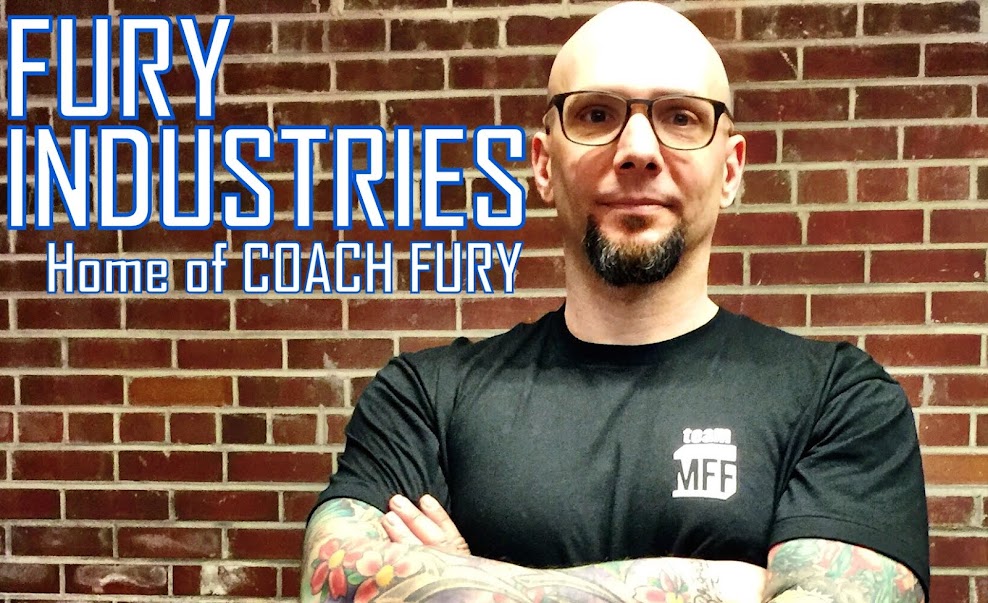

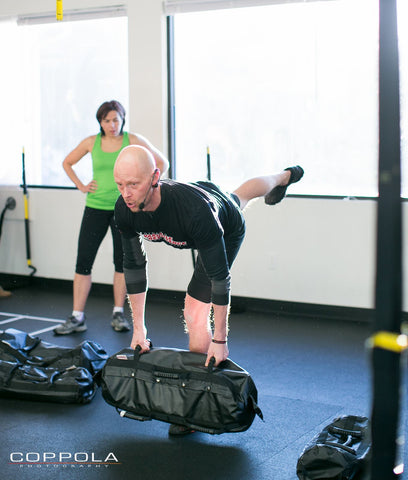
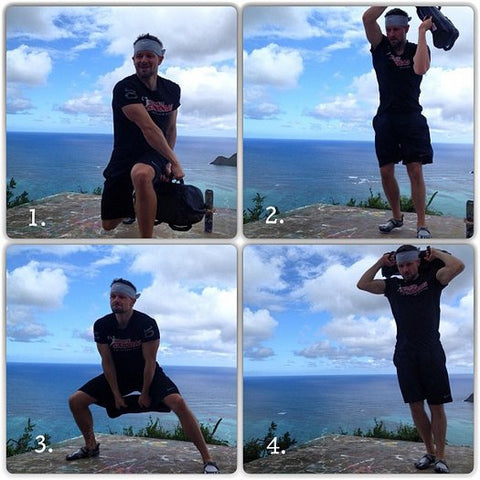
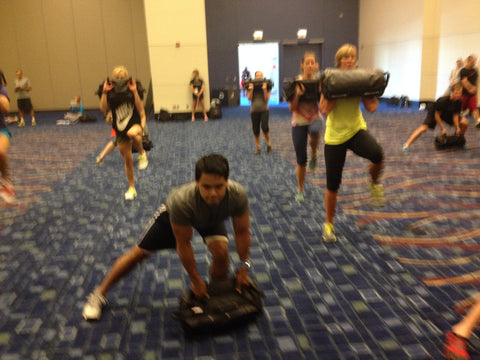
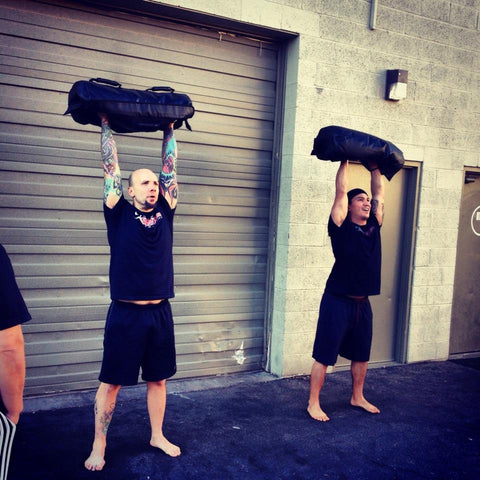

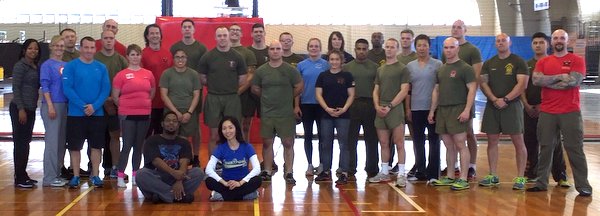
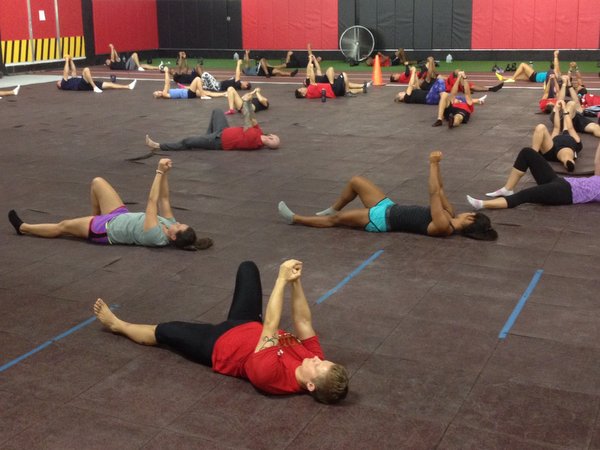
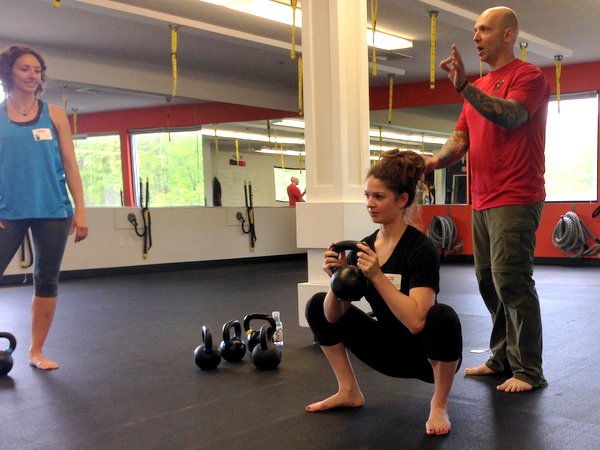
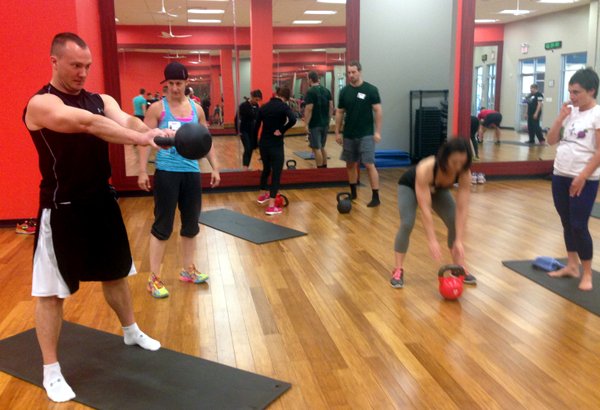
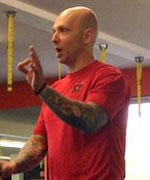 Steve "Coach Fury" Holiner’s superhero headquarters is Mark Fisher Fitness in NYC. Fury is a DVRT Master Chief Instructor and Senior RKC. He is available for classes, semi-privates, instructor training and programming at MFF. He is also available for private training at Catalyst S.P.O.R.T. Check out his website
Steve "Coach Fury" Holiner’s superhero headquarters is Mark Fisher Fitness in NYC. Fury is a DVRT Master Chief Instructor and Senior RKC. He is available for classes, semi-privates, instructor training and programming at MFF. He is also available for private training at Catalyst S.P.O.R.T. Check out his website